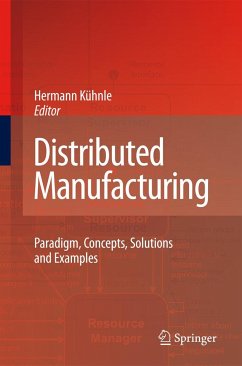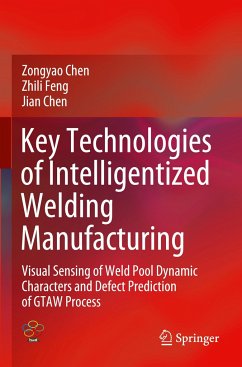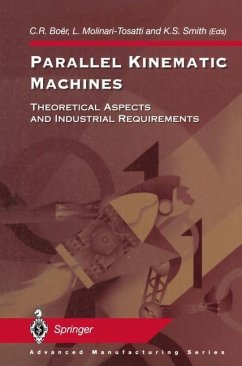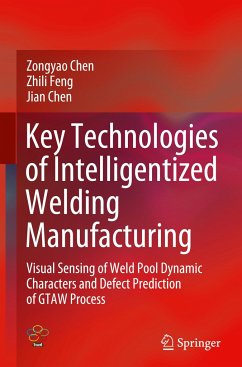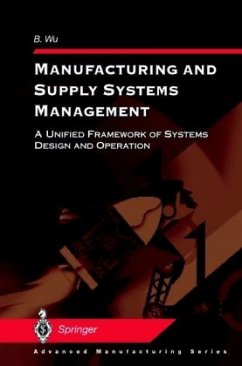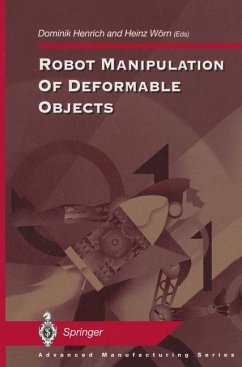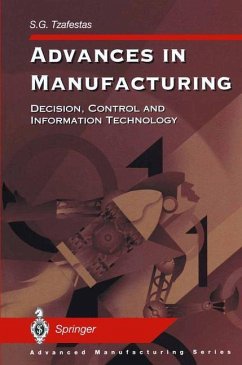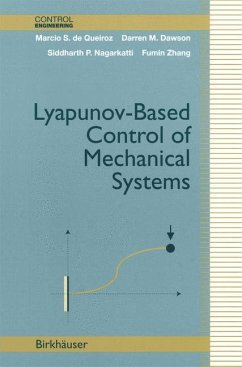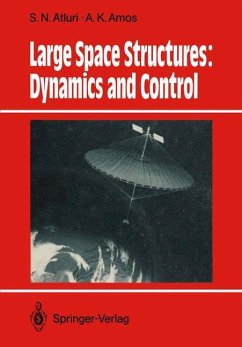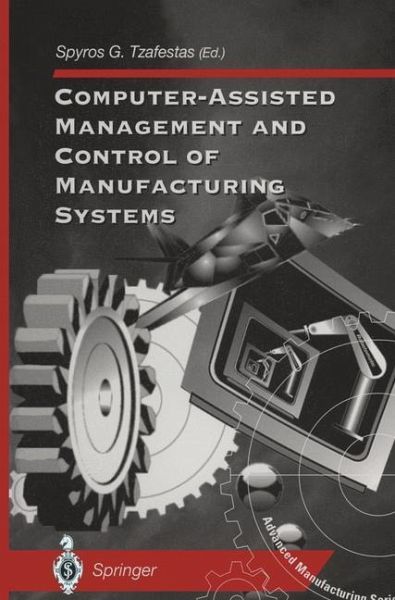
Computer-Assisted Management and Control of Manufacturing Systems
Versandkostenfrei!
Versandfertig in 6-10 Tagen
76,99 €
inkl. MwSt.

PAYBACK Punkte
38 °P sammeln!
Modem manufacturing systems involve many processes and operations that can be monitored and controlled at several levels of intelligence. At the highest level there is a computer that supervises the various manufacturing functions, whereas at the lowest level there are stand alone computer controlled systems of manufacturing processes and robotic cells. Until recenty computer-aided manufacturing systems constituted isolated "islands" of automation, each oriented to a particular application, but present day systems offer integrated approaches to manufacturing and enterprise operations. These mo...
Modem manufacturing systems involve many processes and operations that can be monitored and controlled at several levels of intelligence. At the highest level there is a computer that supervises the various manufacturing functions, whereas at the lowest level there are stand alone computer controlled systems of manufacturing processes and robotic cells. Until recenty computer-aided manufacturing systems constituted isolated "islands" of automation, each oriented to a particular application, but present day systems offer integrated approaches to manufacturing and enterprise operations. These modem systems, known as computer-integrated manufacturing (CIM) systems, can easily meet the current performance and manufacturing competitiveness requirements under strong environmental changes. CIM systems are much of a challenge, and imply a systemic approach to the design and operation of a manufacturing enterprise. Actualy, a CIM system must take into account in a unified way the following three views : the user view, the technology view, and the enterprise view. This means that CIM includes both the engineering and enterprise planning and control activities, as well as the information flow activities across all the stages of the system.





